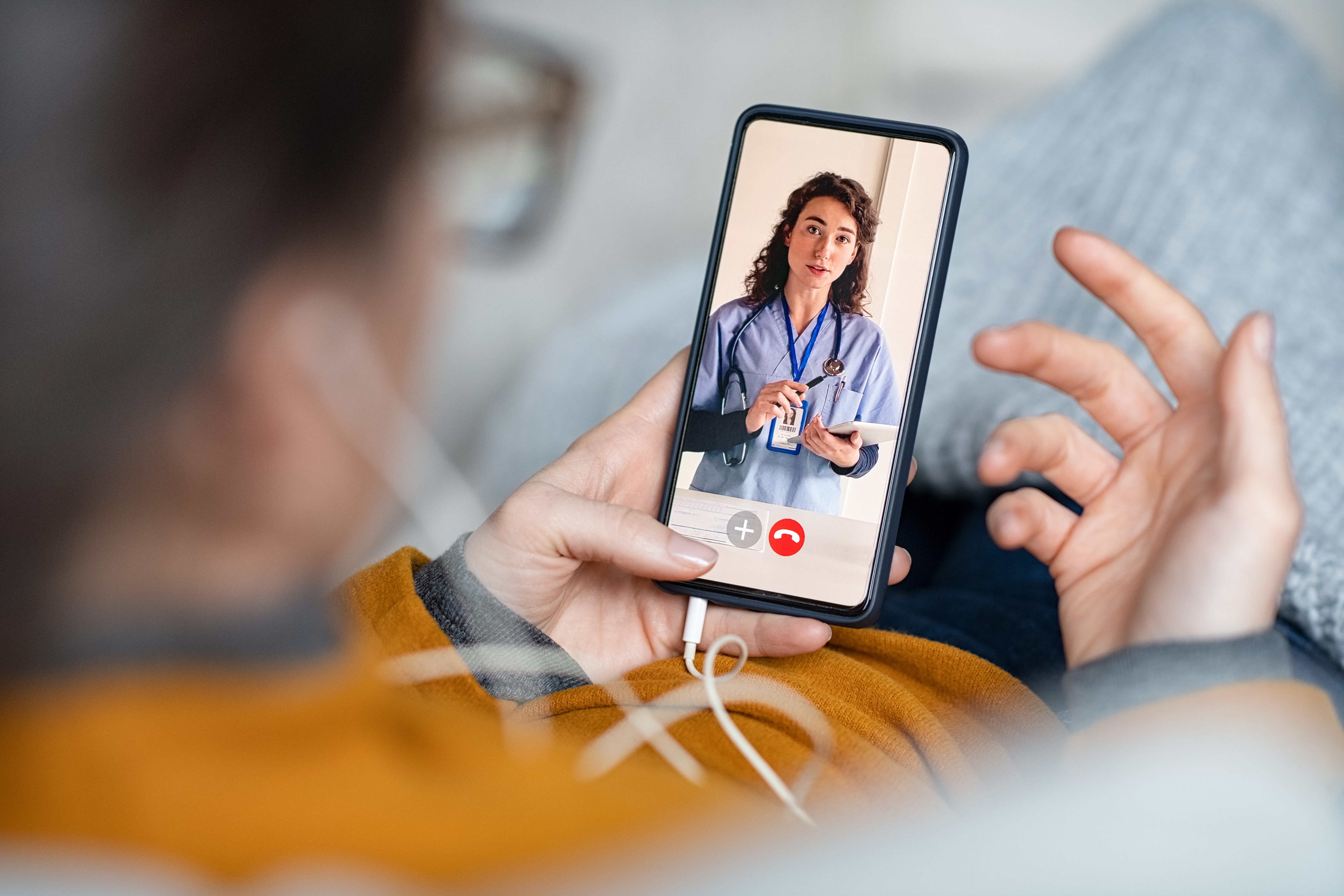Disaster Medicine Handbook: A Quick Reference
Telehealth
Telehealth is the use of technology to deliver medical care from a distance. It helps connect patients and healthcare providers.
Telehealth can be especially helpful during periods of limited healthcare availability such as pandemics or global disasters.
|
There are many types of telehealth:
|
 |
The first use of telehealth dates back to the early 1900s. One of the first published examples is the use of a telecardiogram by Dr. Einthoven.
Prior to the COVID-19 pandemic, telemedicine was not widely used in the US healthcare system. There were many barriers:
- Limited insurance coverage.
- Strict state licensing rules.
- Concerns over patient privacy.
That changed quickly as COVID-19 spread. New policies expanded what was allowed. The Interstate Medical Licensure Compact allowed doctors to obtain licensure in multiple states, allowing them to see patients across state lines. The compact was introduced in 2017 and currently includes 37 states in addition to the District of Columbia. Insurance started covering more telehealth visits. Even apps like Zoom, Skype, and FaceTime became acceptable for care.
During the first three months of the pandemic, telemedicine encounters increased more than 700%! (Figure 1). Providers used live video to assess and monitor patients in their own homes to determine who needed to seek care in the emergency department or be hospitalized.
Today, telemedicine continues in US healthcare delivery, which allows patients to connect with primary care services and subspeciality care and allowing providers to communicate with one another.
The role of telehealth in caring for children in disasters
Telehealth can play a key role in helping children affected by disasters. It allows providers to reach children in areas with few resources or limited access to specialists.
Telehealth can be used to:
- Triage and treat children affected by disasters.
- Coordinate care and follow up with subspecialists.
- Provide mental health support.
- Connect patients and providers who are geographically separated or inaccessible to each other.
The use of telehealth between providers allows complex care coordination for a child who may need multi-specialty input.
What are the barriers?
Telehealth has big potential, but there are still many challenges.
- Cost: Not everyone has the money for equipment or platforms to establish telehealth practices.
- Access to technology: Patients and families may not have reliable access to smart phones, computers, or other devices to access telehealth services.
- Technological literacy: Not everyone may know how to use new technology platforms. Pre-recorded how-to videos may help them understand how to use the telehealth program.
- Technology glitches: There may be issues with internet access or the telehealth platform itself. Have a back up plan. Consider providing IT phone numbers or links for patients to call if software is not running properly or plan to use another device.
- Data privacy: Certain telehealth platforms may not have appropriate security to protect private healthcare data.
- Provider liability: Provider should ensure their malpractice insurance covers telehealth or may purchase this additional coverage.
Here is a list of possible telehealth platforms:
Platform |
Device Compatibility |
|
Audio phone call |
|
|
Apple Facetime |
|
|
Microsoft Teams |
|
|
Zoom |
|
|
Facebook Messenger Video Chat |
|
|
Doxy me |
|
|
Doximity |
|
Resources:
Patient:
Providers:
- Telehealth for providers (HHS.gov)
- Resource for Health Care Providers on Educating Patients about Privacy and Security Risks to Protected Health Information | HHS.gov
- CARES Act: AMA COVID-19 pandemic telehealth fact sheet | American Medical Association
- Medicare Telemedicine Health Care Provider Fact Sheet | CMS
References:
-
American Medical Association. CARES Act: AMA COVID-19 pandemic telehealth fact sheet. American Medical Association. Published April 27, 2020.
-
Chiu M, Goodman L, Palacios CH, Dingeldein M. Children in disasters. Semin Pediatr Surg. 2022;31(5):151219. doi:10.1016/j.sempedsurg.2022.151219
-
Medicare Telemedicine Health Care Provider Fact Sheet. CMS.gov. Published March 17, 2020.
-
Office for Civil Rights (OCR). HIPAA and Telehealth. HHS.gov. Published June 21, 2022.
-
Shaver J. The State of Telehealth Before and After the COVID-19 Pandemic. Prim Care. 2022;49(4):517-530. doi:10.1016/j.pop.2022.04.002
-
Sood S, Mbarika V, Jugoo S, et al. What is telemedicine? A collection of 104 peer-reviewed perspectives and theoretical underpinnings. Telemed J E Health. 2007;13(5):573-590. doi:10.1089/tmj.2006.0073
Written by Lauren Openshaw
Last updated: 5/30/2025